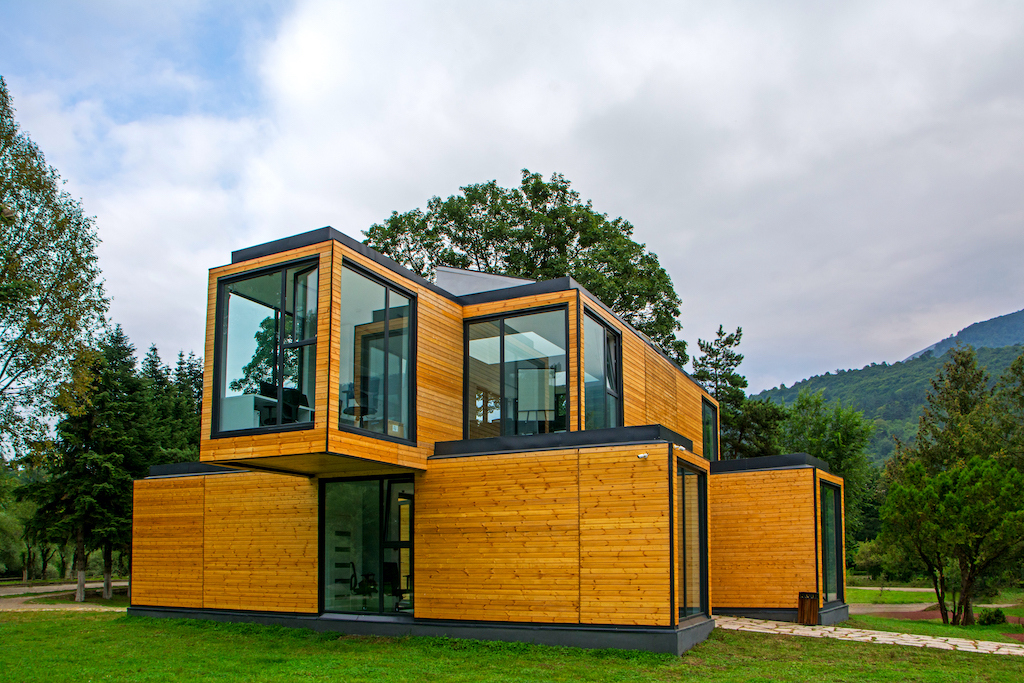Interior design is more than just creating beautiful spaces; it also has a significant impact on the environment. As the world continues to face environmental challenges such as climate change, it's important for interior designers to adopt sustainable practices that promote eco-friendliness and reduce waste.
 Photo Credit: Shutterstock
Photo Credit: Shutterstock
Here are some sustainability practices that can be implemented in interior design:
- Use eco-friendly materials: Sustainable interior design begins with the choice of materials used in designing spaces. Opt for materials that are made from natural, organic, and renewable sources like bamboo, cork, or reclaimed wood instead of non-renewable resources like plastics, synthetics, and non-renewable metals. Using eco-friendly materials not only helps in reducing carbon footprints but also supports the local and indigenous industries.
- Recycle and Upcycle: Recycling and upcycling are great ways to promote sustainability in interior design. Instead of discarding used furniture, fittings or decorative items, repurpose or upcycle them into new designs. This helps in reducing waste, minimizes the environmental impact of production and lowers the overall carbon footprint of the project.
- Energy-efficient Lighting: One of the most significant environmental impacts of interior design is the use of energy. Using energy-efficient lighting fixtures like LED bulbs can significantly reduce energy consumption, lower electricity bills and have a positive impact on the environment.
- Use Natural Lighting: Interior designers can design spaces to take full advantage of natural lighting. Consider the orientation and placement of windows in relation to the sun's path, use light colors and reflective materials to maximize natural light distribution in the room. Natural light not only creates a better ambiance but also reduces the need for artificial lighting.
- Water conservation: Water conservation is an essential aspect of sustainability. Incorporate water-saving fixtures like low-flow faucets, showerheads and toilets, and ensure that water is properly managed and recycled in the space. Using water conservation techniques in interior design helps in reducing water wastage, saving water resources, and improving the overall sustainability of the project.
- Healthy indoor air quality: Air quality is an essential factor in interior design. Choose materials that have low or no VOC emissions, install proper ventilation and air filtration systems to ensure healthy indoor air quality. Good indoor air quality helps in promoting health and wellbeing, reducing respiratory illnesses, and increasing productivity.
- Design for longevity: Interior designers should aim to create spaces that are functional, durable, and long-lasting. Avoid designs that are trendy or fashionable but may quickly become outdated. Instead, choose classic designs and materials that have stood the test of time and can be updated or repurposed to suit changing needs.
